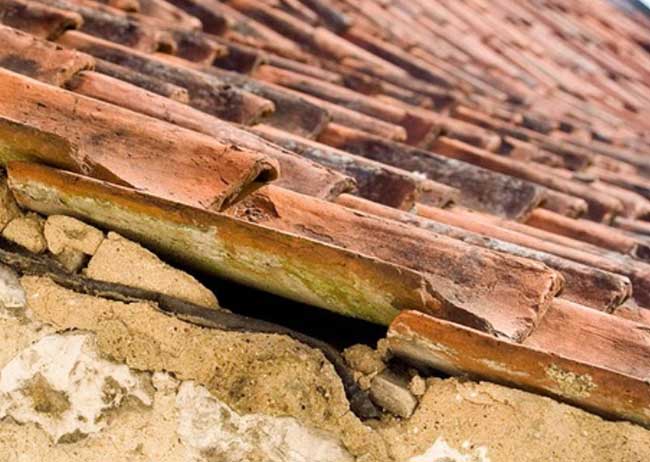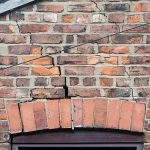There’s nothing worse than realising you have a leak in your roof and if you discover this part of your home has been damaged, you’ll want to get it repaired as quickly as possible. The scale of the problem and what equipment and materials you need will dictate whether you can do the job yourself or need to call in a professional.
Here are a few things to consider when deciding if you’re in a position to repair your roof:
What sort of roof do you have?

Where is the leak?
The first thing to work out is where exactly the leak is. It is advisable to start by checking the areas around chimneys, skylight windows, vents or attic fans, as all of these features penetrate the roof. It may be a simple case of repairing the seal around one of these fixtures to stop more water getting into your home.
If none of these options appears to be right, go outside and inspect the roof from the ground. Look for any visible damage to its surface and check the guttering to make sure it is not broken or blocked, as this could result in water pooling on or near the roof, resulting in moisture seeping into your home.
How extensive is the damage?
What equipment do you need?
Because any roof repairs will involve working at height, scaffolding hire will be essential. This type of temporary structure provides a stable and secure platform from which to work and is much safer than a ladder. Under the working at height regulations, you may discover you have to use scaffolding rather than a ladder for this sort of task.
The specific tools you need will depend on what exactly you are repairing and the type of roof on your property. However, there is some equipment and materials you’ll require for most roofing projects, such as roof cement, galvanised roof nails, a hammer and a trowel.
The Weather
While you may only notice there is a problem with your roof when it’s raining, trying to make repairs in wet weather is not advisable. For one thing, the surface will be slippery, which makes it dangerous to be working at height. The other difficulty with trying to do any work in the rain is that many of the materials you’ll be using will be ineffective if applied in wet conditions. You can purchase roof cement specifically designed for use in wet weather, but unless it is absolutely necessary to carry out the repairs while it is raining, it is best to wait for a dry, warm spell.




